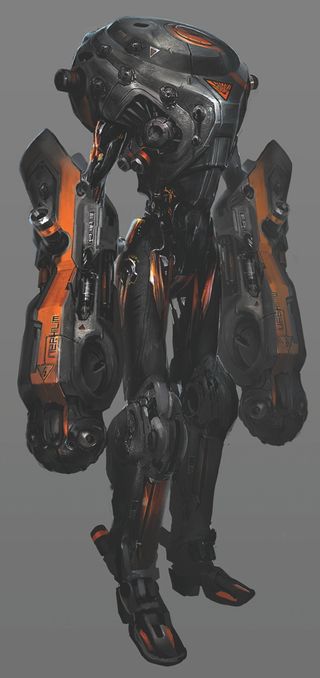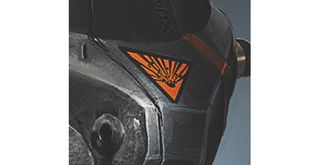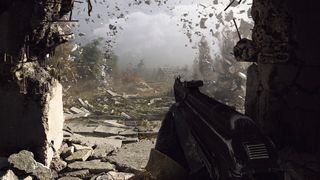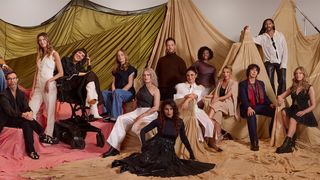Pro tips for designing a video game enemy
Fred Augis worked on the video game Remember Me, and here he describes the thinking behind this concept of a lethal robotic adversary.

My role on the game Remember Me involves the creation of art concepts. These characters are designed in close collaboration with the art directors.
The constraints of the game's universe means that this concept art is set in the near future, so there has to be a clear connection with the present day. It's a tricky balance to strike: the art can't be too realistic, and yet it also requires some elements of fantasy – but without crossing the line into space opera. I'll explain some steps of the creative process that I use for this enemy, who must stop our heroin Nilin during the fight stages.
There are two key requirements for this concept. The game designers are looking for a weapon that's capable of causing heavy damage to any characters caught in the blast radius, like the explosion from a tank round.
The second requirement is related to the credibility of an industrial production that produces a hostile derivative of the civilian Valet android, resulting in the Nephilim and the Seraphim robots. We want to create a logical link between the robots, and save time during the concept art pipeline. Let’s see how we get on!
01. Pre-conversion

The starting point is the conversion of an android used to help people in their daily lives, into a deadly military bot. The original design of the Valet is defined as an androgynous or asexual bot – a skinned character that must have an elegant and pleasant appearance.
02. Weaponise

The next stage involves transforming this harmless machine into a brutal weapon. So it’s essential to give it more stature – although I’ll keep its slim waist and legs – and to remove the head. This helps to dehumanise the Valet, because it’s unable to express itself via facial expressions.
03. Bulk it out

The last step is to give to the Nephilim a sense of heaviness and aggressiveness through the use of metallic materials and angular shapes. I add visible volume to the concept so that the player will immediately recognise this bot as being a danger to the game’s lead character.
04. Graphic elements

The addition of logos on weapons and technical objects is an important factor in creating an effective design. Beyond the fact that it’ll focus the player’s attention, it also helps to tell the object’s history and function. Here, the use of an explosion symbol hints at the bot’s deadly nature.
05. Collaboration

This concept takes a little time before we reach the final version. In fact, the first draft was a long away from the final version. Between these two iterations we have many discussions with the artistic directors about the gameplay, the aesthetic, and the technical criteria of this robot in the game. The realisation of this kind of work is the fruit of a professional collaboration.
06. Photographs in concept art

Using photographic elements is essential to give a credible boost to art concepts that incorporate realistic universes. The important thing is to create a unique design that’s wholly detached from its source. And as small as it is, it should serve as a guideline for the design of light, materials or mechanisms.
Words: Fred Augis
Fred has been a freelance concept artist, illustrator and art director since 2005. Recently, he worked for Dontnod Entertainment on the futuristic video game Remember Me. This article originally appeared in ImagineFX issue 103.

Thank you for reading 5 articles this month* Join now for unlimited access
Enjoy your first month for just £1 / $1 / €1
*Read 5 free articles per month without a subscription

Join now for unlimited access
Try first month for just £1 / $1 / €1
Get the Creative Bloq Newsletter
Daily design news, reviews, how-tos and more, as picked by the editors.
The Creative Bloq team is made up of a group of design fans, and has changed and evolved since Creative Bloq began back in 2012. The current website team consists of eight full-time members of staff: Editor Georgia Coggan, Deputy Editor Rosie Hilder, Ecommerce Editor Beren Neale, Senior News Editor Daniel Piper, Editor, Digital Art and 3D Ian Dean, Tech Reviews Editor Erlingur Einarsson and Ecommerce Writer Beth Nicholls and Staff Writer Natalie Fear, as well as a roster of freelancers from around the world. The 3D World and ImagineFX magazine teams also pitch in, ensuring that content from 3D World and ImagineFX is represented on Creative Bloq.
Related articles
-

-

-

-

